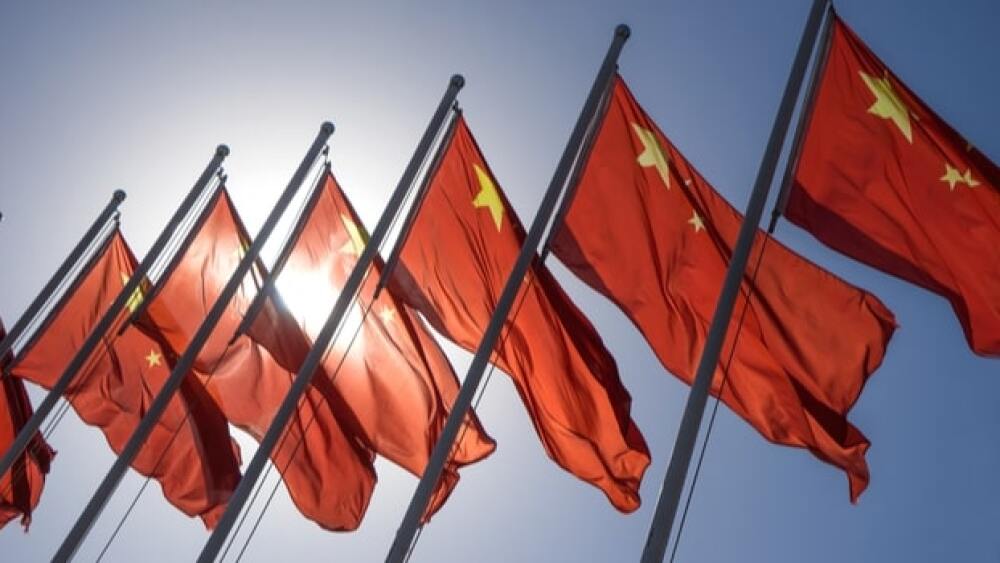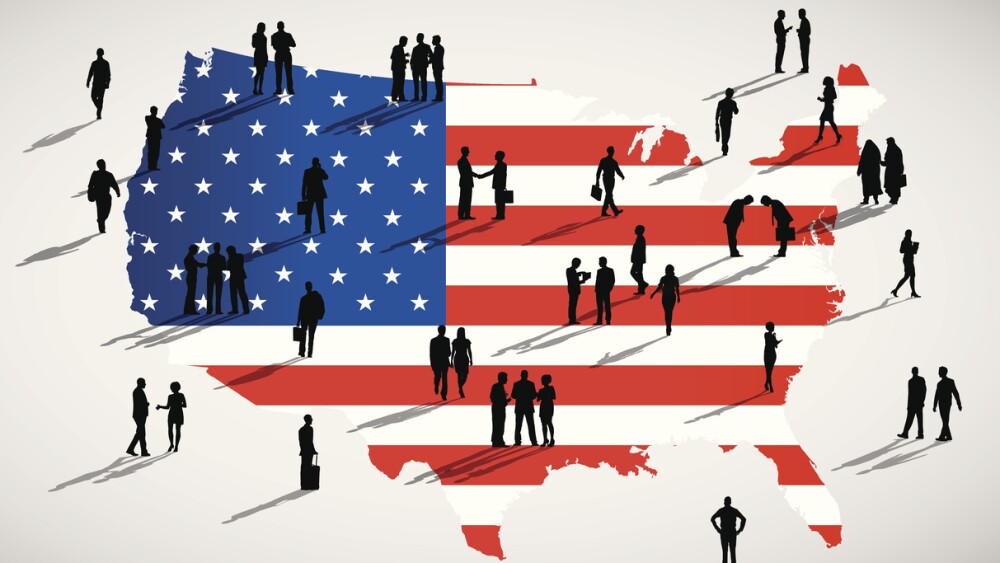In 2000, China did not have one company on the Forbes Global 2000 list. In 2021, it had 14. This is good for second place on this list, behind the United States which had 31.
Western nations are working to lessen dependence on China as a supplier for ingredients and goods of all kinds, and China’s economy slowed significantly as a consequence of COVID-19 lockdowns, yet its biopharma sector appears strong.
That’s because biotech is designated as a strategic emerging industry. “China has made a huge push since 2010 to develop biotech companies that can compete at the apex of the world economy,” Thomas Moore, Ph.D., associate professor at the School of Public and International Affairs, University of Cincinnati, told BioSpace.
“In 2015, the Chinese government launched the Made in China 2025 Initiative…to develop key industries to the point where, by 2025, it would not have to rely either on imports of finished products or upon global supply chains in which its companies played a subordinate role in collaborating with major foreign companies,” Moore continued. “Beyond meeting China’s own needs, the additional aim was for these companies to become peer competitors of the large corporate behemoths from other countries that dominate global markets.”
China Ranks Second on the Forbes Global 2000
It has made significant strides. For example, Moore pointed out, “In 2000, China had no pharmaceutical or biotech companies on the Forbes Global 2000 list. By 2010 it had one. China had eight by 2019 and 14 by 2021. By way of contrast, the U.S. had 18 companies in 2010, 21 in 2019 and 31 in 2021. Even though it still lags the U.S. by a considerable margin, China has surpassed Japan (which had 10 companies in 2021) and now holds second place (on that list).”
China’s goal of transitioning “Made in China” to “Discovered in China” has become a reality. There are at least 600 biotech science parks (depending on the definition) in China to accelerate the development of novel science. But, the consultancy of Dezan Shira & Associates notes that Chinese biotech firms invest less than 5% of their sales revenue in R&D. American companies, in contrast, devote an average of 20% of their sales revenue this way.
Calling Talent Home
China’s biotech sector benefited significantly from the skills of Western-trained returnees. The country’s Thousand Talents Plan – one of 200 such plans – recruited approximately 60,000 overseas professionals between 2008 and 2016 to return to China to work.
While “building nests to attract phoenixes” is neither illegal nor unethical, the means of recruitment may be, according to the Australian Strategic Policy Institute’s report “Hunting the Phoenix,” which cited industrial espionage and other unethical practices on the part of the Chinese Communist Party in its recruitment strategies. Consequently, the Thousand Talents Plan was rebranded in 2018. A researcher at the Technology and National Security program at the Center for a New American Security, writing in FP (Foreign Policy Magazine), estimates that plan cost China between $550 million and $1.1 billion over 10 years.
“The entire Chinese biotech infrastructure, including individual biotech companies themselves, have been the beneficiaries of substantial funding and other kinds of policy and regulatory assistance to help them succeed,” Moore acknowledged. That includes both direct and indirect funding. While “the scale of financial assistance is probably hard to know…this is precisely the kind of multi-faceted assistance that the U.S. government, American companies and other foreign governments and companies, have routinely bemoaned as representing unfair competition. In addition to subsidies, there is an array of regulatory/policy actions governments at the national and local level can use to give preference to home-grown companies.” (Requiring tech transfer or local partners are two historic examples.)
Notably, the companies in China that made the Forbes Global 2000 list are predominantly Chinese-owned. “There are a small number of companies for which there is substantial foreign shareholding. For example, SCPC Pharmaceutical Group was 58% foreign owned (30% of that was American) at the beginning of 2019, and Sinopharm Group and Sino Biopharmaceutical each had more than 40% foreign ownership at the start of 2019,” Moore noted (citing 2019 to avoid the pandemic influence).
US Companies Moving In
Multinational companies remain quite interested in developing operations in China from discovery through commercialization. Siemens Healthineers, Boehringer Ingelheim and AstraZeneca Pharmaceuticals are enhancing their operations in China, and Sequoia China is said to have raised a $9 billion fund.
Companies investing in China cite the ability to fulfill unmet needs and tap another source of innovation, both of which support growth. For example, in 2021, Pfizer’s U.S. sales comprised 36% of its total global revenues of $81.3 billion. Those from China comprised 19% of that. Astra Zeneca, with total revenue of $1,186 billion, expects a compound annual growth rate of 4.5% for the China market, resulting in revenue of $197 billion between 2021 and 2025.
Yet, there is growing acknowledgment that allowing any country to dominate the supply of raw ingredients, technologies or manufacturing is hazardous. As U.S. Treasury Secretary Janet Yellen said July 19, speaking at LG Science Park in South Korea, “These recent shocks to the global economy have refocused global attention on the importance of economic resilience and addressing supply chain vulnerabilities. Working with allies and partners through ‘friend-shoring’ is an important element of strengthening economic resilience while sustaining the dynamism and productivity growth that comes with economic integration.” In her remarks, she called out China, for its “unfair trade practices” and attempts to “use their market positions in raw materials, technology or products to exercise geopolitical leverage or disrupt markets and trading activities.”
Recently the Federal Bureau of Investigation (FBI) and the U.K.’s MI5 jointly issued more strongly-worded warnings, noting long-term economic threats from China. FBI Director Christopher Wray called China “the biggest long-term threat to our economic and national security” and said it was “set on stealing your technology…(this is) an even more serious threat to western businesses than even many sophisticated business people realized.”
Lance Minor, principal and life sciences national co-leader at BDO, dismissed the concern, saying, “It doesn’t sound like there’s anything particularly new. They’re just reiterating the cybersecurity IP concerns that are shared by companies all around the world. Cyberthreats don’t require a Chinese passport, so I don’t know that companies really factor that in.”
Referring to manufacturing in China, he recalled that companies reassessed their presence in China a decade ago when costs escalated, but ultimately chose to stay. Now, Minor said, “There doesn’t seem to be much shifting of current business in China for biotech…and from the public health point of view, there are significant unmet medical needs in China.”






